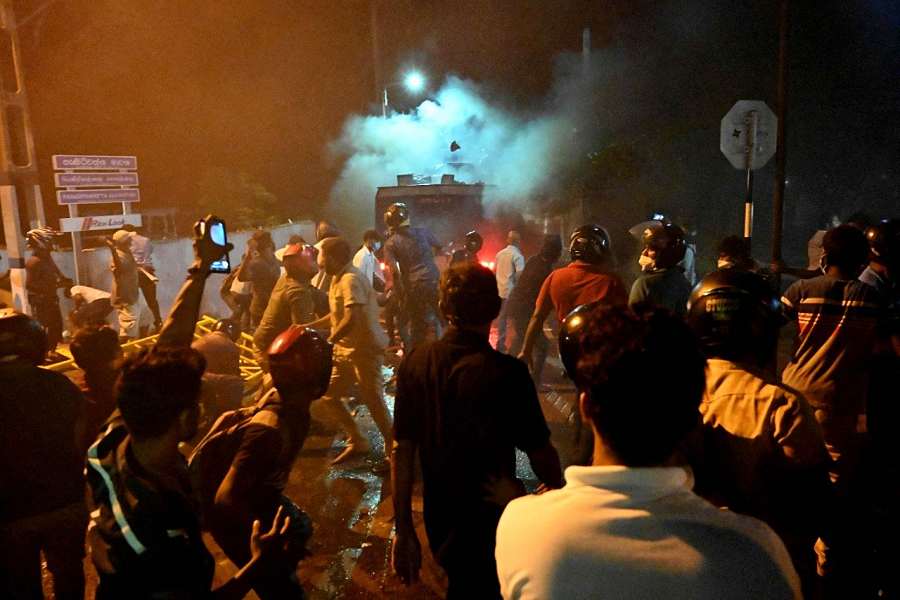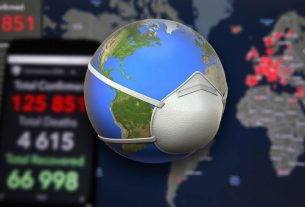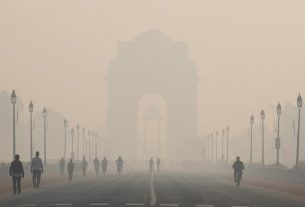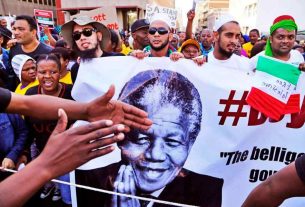Sat 02 April 2022:
The president of Sri Lanka has imposed a state of emergency, giving security forces broad powers, a day after hundreds attempted to assault his residence in protest of the country’s unparalleled economic crisis.
On Friday, President Gotabaya Rajapaksa invoked draconian rules permitting the military to detain and imprison suspects without charge for long periods of time without trial, as protests clamoring for his resignation swept the South Asian nation.
The emergency was declared for “protection of public order and the maintenance of supplies and services essential to the life of the community”, he said in a proclamation.
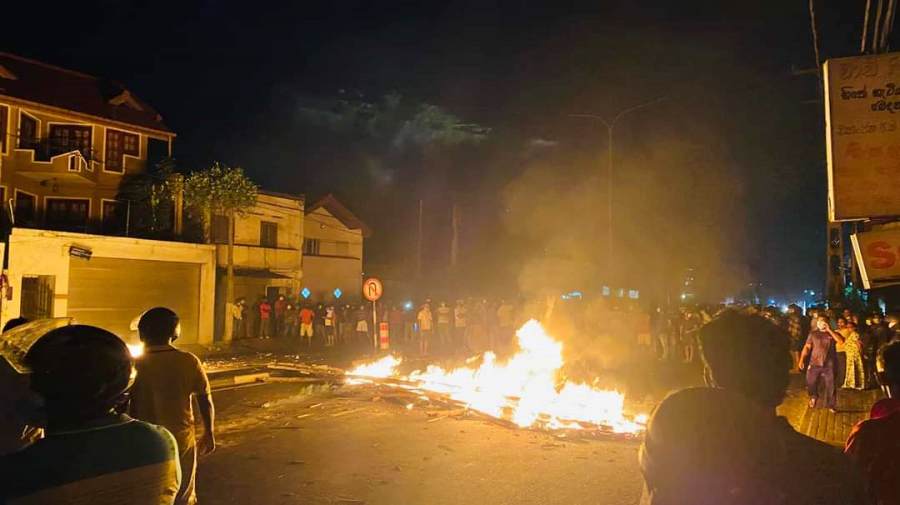
The nation of 22 million people is in the grips of its worst downturn since independence, sparked by an acute lack of foreign currency to pay for even the most essential imports.
Diesel — the main fuel for buses and commercial vehicles — was unavailable at stations across the island, according to officials and media reports — crippling public transport.
Owners of private buses — which account for two-thirds of the Sri Lanka’s fleet — said they were already out of oil and that even skeleton services might not be possible after today.
Rajapaksa’s office said on Friday that the protesters wanted to create an “Arab Spring” — a reference to anti-government protests in response to corruption and economic stagnation that gripped the Middle East more than a decade ago.
Thousands are swarming the streets in Sri Lanka to protest a food and fuel shortage. The island is suffering its worst economic crisis in decades. Take a look:pic.twitter.com/2MpLJm8Uap
— Steve Hanke (@steve_hanke) April 1, 2022
Earlier in the evening, dozens of rights activists carried handwritten placards and oil lamps in the capital while demonstrating at a busy intersection.
“Time to quit Rajapaksas,” said one placard. “No more corruption, go home Gota,” said another – referring to the president.
One of the President’s brothers, Mahinda, serves as Prime Minister while the youngest, Basil, is Finance Minister. His eldest brother and nephew also hold cabinet positions.
In the highland town of Nuwara Eliya, activists blocked the opening of a flower exhibition by Prime Minister Mahinda Rajapaksa’s wife, Shiranthi, police said.
Massive protest breaks out in #Srilanka. People trying to protest in front of President house!!!
Chinese loans are more distructive by all means. This is the future of #Pakistan aswell.
—
IFE News Agency
(@IFENewsAgency) April 1, 2022
The southern towns of Galle, Matara and Moratuwa also saw anti-government protests, and similar demonstrations were reported in the northern and central regions. All held up traffic on main roads.
Thursday night’s unrest outside the president’s private home saw hundreds of people demand he step down.
People chanted “lunatic, lunatic, go home”, before police fired tear gas and used water cannons.
The crowd turned violent, setting ablaze two military buses, a police jeep, two patrol motorcycles and a three-wheeler. They also threw bricks at officers.
Sri Lanka’s predicament has been compounded by the COVID-19 pandemic, which torpedoed tourism and remittances. Many economists also say the crisis has been exacerbated by government mismanagement and years of accumulated borrowing.
According to the most recent official figures issued on Friday, inflation in Colombo reached 18.7% in March, setting a new monthly high for the sixth time. Food prices have risen by a staggering 30.1 percent.
In March 2020, Colombo issued a comprehensive import embargo in order to save foreign currency needed to cover roughly $7 billion in debt service this year.
Diesel shortages have enraged Sri Lankans in recent days, resulting in protests at empty gas stations.
Because it didn’t have enough diesel for generators, the state electricity monopoly said it was implementing a daily 13-hour power outage starting Thursday – the longest ever.
SOURCE: INDEPENDENT PRESS AND NEWS AGENCIES
___________________________________________________________________________________________________________________________________________
FOLLOW INDEPENDENT PRESS:
TWITTER (CLICK HERE)
https://twitter.com/IpIndependent
FACEBOOK (CLICK HERE)
https://web.facebook.com/ipindependent
Think your friends would be interested? Share this story!


